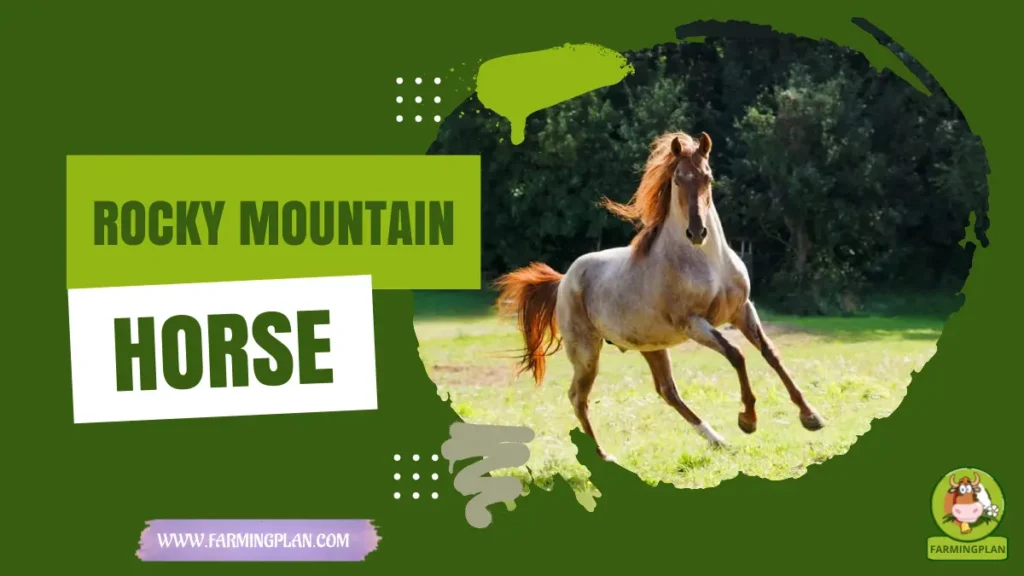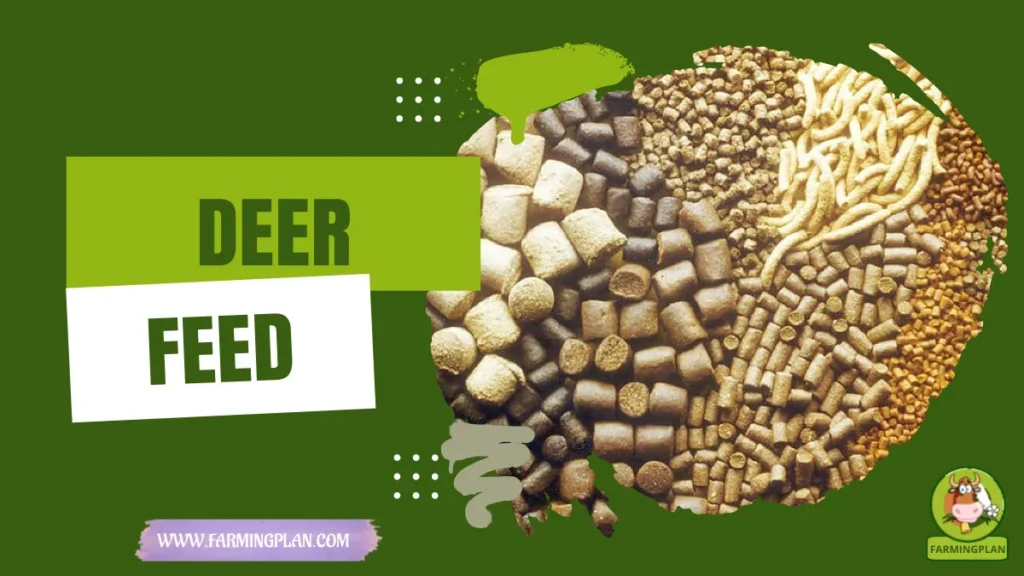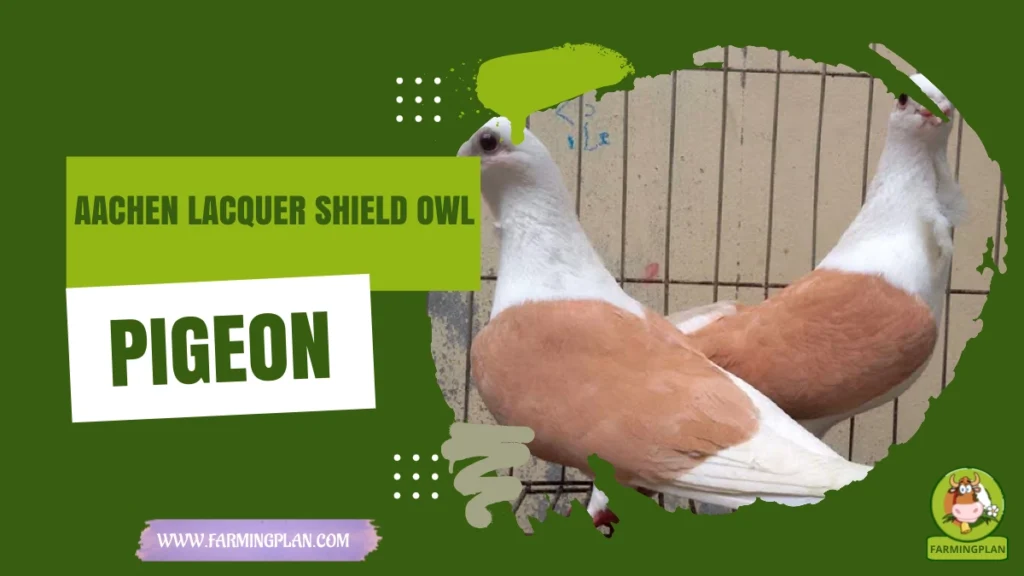Hey there! I’ve got to share why the Rocky Mountain Horse holds a special place in my heart. These gaited beauties greet you with a warm, mellow demeanor and an iconic chocolate coat that seems to glow in the sun. From the moment I met Old Tobe’s descendants, I knew I’d found something extraordinary. Whether you’re a breeder, trail lover, or first-time horse parent, their happy nature and easygoing stride make them a joy to live with. Buckle up—this smooth ride is just getting started.

History & Origin of Rocky Mountain Horse
Though the name might suggest Rocky Mountain Horse roots, this breed’s real story began in Spout Springs, Kentucky. The late 1800s called for a horse that could navigate rugged terrain, pull light buggies, and stay gentle enough for kids. Enter Old Tobe—the foundation stallion. With his natural single-foot gait, calm demeanor, and chocolate color, he became a legend.
Breeders honored his legacy by prioritizing these traits in breeding programs and meticulously recording oral histories. Over time, this selectively fostered hardiness, reliability, and that trademark four-beat gait. Today, breeders use studbooks and genetic screening to preserve the breed’s essence, ensuring each new generation is every bit as special as Old Tobe’s.
Characteristics of Rocky Mountain Horse
Let’s talk looks. Most folks spot the Rocky Mountain Horse by its dazzling chocolate coat paired with a flaxen mane and tail—classic and undeniably stunning. They typically stand between 14.2–16 hands, ideal for stability yet still manageable for shorter riders.
But the star attraction isn’t height—it’s gait. Their effortless single-foot gait delivers four smooth beats per stride, unlike the bounce of trotters. You feel as if you’re floating, even on rough trails. Their eyes are gentle and expressive—though sometimes prone to ocular cysts, which I monitor closely (more on that in health). And when breeders aim for uniformity, solid coat colors become a key breeding goal.
Nature & Temperament of Rocky Mountain Horse
Here’s where they truly shine: personality. I’ve worked with many breeds, but Rocky Mountain Horse are uniquely gentle. They’re calm around toddlers, reassuring for elderly riders, and intuitive with nervous handlers. I once watched a Rocky gelding lower his head to greet my daughter—soft and patient with her tiny hands.
These horses respond to kindness. Use a soft voice, follow consistent routines, and they’ll meet you with trust and dedication. Their quiet confidence suits timid riders, disabled riders, and families who want a safe, affectionate horse. When you’re dealing with non-gaited horses that drop into a sharp trot, these guys bring calm, trusted steadiness to every ride.
Read More: Spotted Saddle Horse Care Made Easy And Joyful
Food & Diet of Rocky Mountain Horse
A good diet means better health and gait. My feeding routine is simple:
- Forage First: Roughage like hay or pasture should make up at least 90% of their diet. It supports digestion, mental calm, and steady energy.
- Low-Starch Pellets: For added nutrients, I use low-starch, high-fiber pellets. Overfeeding grains could trigger metabolic disorders or laminitis.
- Supplements: In summer or during long rides, I add electrolytes to their feed. I also include natural Vitamin E and omega-3 oil to support joint and muscle health.
- Watch the Weight: These horses are easy keepers; I weigh them monthly and adjust rations. Preventing overweight issues goes a long way toward a sound, comfortable gait.
By balancing hay, clean minerals, and occasional specialized supplements, your Rocky will stay healthy from the inside out—and glide with that trademark smooth gait.
Usage & Purpose of Rocky Mountain Horse
These horses do it all. I’ve seen them cruising trails, pulling small wagons, teaching riders, and occasionally helping with light stable chores. Their smooth gait means trail rides feel like a massage, and older or sensitive riders can enjoy a sturdy, supportive seat.
Need a route horse for concession stands or therapy programs? They’re a top pick. I once worked at a riding center where two Rocky mares helped disabled riders feel calm and confident—even in busy environments. Their natural calm and predictable movement offer safety and joy, whether for pleasure riding, light farm use, or therapeutic sessions.
Read More: Plantation Horse: The Ultimate Ride for Comfort and Distance
Special Features
What makes these horses stand out:
- Natural gait magic: No training needed—just hop on and ride.
- Show-stopping coat: Solid chocolate, flaxen mane, eye-catching everywhere.
- Adaptable behavior: Cool in city arenas, and brave on wild paths.
- Hardy yet low-fuss: They stay healthy with basic care—no diva antics.
- Sweet to the core: Reliable, people-pleasing temperaments.
I once rode one on rocky mountain horse trails with zero hesitation. That same horse could tote a petite rider and stay calm as a cucumber. That adaptability—that’s the Rocky Mountain Horse difference.
Health Issues & Prevention of Rocky Mountain Horse
Let’s talk health. These horses are generally tough, but a few issues need watching:
- Ocular Anomalies & Cysts: I schedule annual eye exams to check for ocular cysts or early signs of squamous cell carcinoma—especially around pale eyelids.
- Muscle Disorders (PSSM): Some carry the gene for Polysaccharide Storage Myopathy. A low-starch, high-fiber diet helps manage symptoms. Don’t wait—test early.
- Joint & Metabolic Health: Regular hoof trims, joint supplements, and low-impact exercise keep their muscles and joints in top shape.
- Laminitis Risk: Being easy keepers, they’re prone to weight gain. Avoid too much lush pasture and high-carb feeds.
Regular health checks and a forage‑rich diet go a long way—happy eyes, happy hooves, happy horse!
By catching issues early and sticking to a simple, structured care plan, these horses can stay thriving well into their 20s or even 30s.
Read More: Peruvian Paso Horse: Don’t Miss Out on the Smoothest, Most Powerful Ride of Your Life
Step-By-Step Pet Owner Care Guide
Caring for a Rocky Mountain Horse takes more than feed and a saddle. This detailed step-by-step guide walks you through every aspect—from choosing the right breeder to building a lasting bond through proper training and healthcare. Whether you’re new to horses or a seasoned owner, these five expert-backed steps ensure your Rocky thrives with love, structure, and smooth strides for years to come.
Step 1: Choose The Right Breeder And Horse
The journey starts before your horse even sets foot on your land. A reputable breeder makes all the difference. I always recommend visiting the breeding farm in person. Meet both parents, and don’t hesitate to ask for health clearances—PSSM1 and ocular anomaly screenings are especially important in Rocky Mountain Horses. When I picked my first Rocky, the breeder walked me through five generations of lineage. That level of detail told me they weren’t just selling—they were preserving a legacy. Watch how the young horse moves. A smooth, confident gait is a good sign of natural ability. Check for good leg conformation, alert but calm behavior, and a balanced frame.
Ask about the dam’s temperament too—it often passes to the foal. And remember, trustworthy breeders won’t rush you. They’ll encourage you to come back, ask questions, and build trust. That early relationship can lead to a lifetime of guidance, especially when you need help as a new owner.
Step 2: Build A Safe And Comfortable Living Space
Your Rocky Mountain Horse deserves a secure, stress-free home. I recommend at least one acre per horse, enclosed with safe, well-maintained fencing—no barbed wire. Include natural shade or a sturdy run-in shed, ideally facing away from prevailing winds or afternoon sun. I had mine face east to keep them cool and calm during long summer days.
Daily turnout is a must. It keeps their joints limber and minds relaxed. I do morning pasture checks to remove weeds, debris, or hazards like gopher holes. For nighttime or rainy seasons, I bring them into clean stalls lined with soft mats and dry bedding. It helps prevent thrush, hock sores, and excessive wear on hooves. Footing matters too—avoid deep mud or slick terrain. I use crushed gravel around high-traffic areas and keep drainage in check. Want a happy, healthy horse? Make their environment quiet, clean, and roomy. A peaceful home sets the stage for every good ride to come.
Step 3: Feed For Health, Gait, And Longevity
A smooth-gaited horse starts with smart nutrition. I stick with a forage-first diet—high-quality grass hay makes up most of my horse’s intake, around 2% of body weight daily. For my 1,000 lb gelding, that’s about 20 lbs per day. On top of hay, I add beet pulp or high-fiber pellets with low starch, tailored to gaited horses. Grain-heavy diets can trigger metabolic issues, so I avoid sweet feeds. Every spring, I test my hay to balance out deficiencies with minerals or supplements like natural Vitamin E, selenium, and omega-3s—all of which support strong joints and muscle recovery.
After long rides or hot days, I mix in electrolytes and ensure water buckets are full and clean—I use automatic heated buckets in winter. Once a month, I do a body condition score. If that neck gets cresty or I see extra padding at the tailhead, I trim the calories. Trust me, staying ahead of weight issues keeps laminitis and gait stiffness at bay.
Step 4: Train Gently And Reinforce That Signature Gait
Rocky Mountain Horses naturally gait—but you’ve got to nurture it. I begin with groundwork: leading, haltering, lunging, and yielding to pressure. These exercises teach respect and boost confidence. When I saddle up, I stick to light tack and a balanced seat, so I don’t disrupt their natural stride. Short, fun sessions work best. For young horses, I ride 15–20 minutes max, focusing on calm transitions from walk to gait. I never force the pace—if they rush, I bring them back to a walk. Their gait should come from relaxation, not tension.
I love trail riding for training. Uneven terrain builds strength and helps them learn foot placement. Hills? I wait until they’ve got solid balance. And don’t forget to mix it up—obstacle courses, pole work, even light groundwork games keep them mentally sharp. My golden rule: consistency and praise. They’re sensitive to tone, so I use voice commands and gentle rein cues. A soft “good boy” can do more than a dozen pressure cues. Build trust, and the glide comes naturally.
Step 5: Prioritize Routine Health And Bonding Time
A well-cared-for Rocky is a joy to ride and be around. I set a vet schedule every 6 months for wellness checks, vaccinations, dental care, and weight monitoring. Their eyes get special attention—Rockys are more prone to ocular issues, especially in bright or sunny climates. Hooves are just as crucial. I schedule farrier visits every 6–8 weeks, even for barefoot horses. Balanced hooves mean a smoother gait and fewer leg issues down the road. If I ride frequently, I also give joint supplements with MSM, glucosamine, and hyaluronic acid.
Outside of healthcare, never underestimate the power of bonding. I set aside non-riding days for grooming, ground games, or hand grazing. These mellow moments reinforce connection and make training easier. My horses know when it’s “chill day” versus “working day.” Always cool down properly—walk them out after rides, offer water, and stretch their legs. I keep a journal of every trim, feed change, odd behavior, or vet note. That little notebook has saved me from more than one surprise vet bill. Stay proactive, stay present, and your Rocky will reward you with years of loyalty and love.
Expert Tips & Best Practices
- Genetic screening: Test for PSSM and ocular risks before breeding.
- Fiber over starch: Keep sugary treats minimal—fiber-fed horses last longer.
- Varied routine: Mix trail, groundwork, and rest days for physical and mental health.
- Sun protection: Use fly masks or UV-blocking gear for sensitive eyes.
- Tack matters: Use lightweight saddles to preserve gait and back comfort.
- Early detection: Spot issues like heat intolerance, slow appetite, or discharge early—then consult your vet.
FAQ
How much does a Rocky Mountain Horse cost?
It typically ranges from $5,000 to $12,000, depending on age, training, gait quality, and bloodline.
Are Rocky Mountain Horses gaited?
Yes—they have a natural four-beat “single-foot” gait that delivers an ultra-smooth ride without bouncing.
What uses do Rocky Mountain Horses excel at?
They shine in trail riding, family pleasure riding, therapeutic programs, light farm work, and even wagon pulling.
What’s the typical lifespan of a Rocky Mountain Horse?
With good care, they often live into their mid-to-late 20s and sometimes reach 30 years.
Are they beginner-friendly?
Absolutely. Their gentle temperament, calm demeanor, and smooth gait make them ideal for first-time horse owners and timid riders.
Conclusion
I’ve been around many breeds, but few match the Rocky Mountain Horse for its combination of beauty, grace, and kindness. They glide over trails, tug wagons easily, and offer trustworthy companionship. With a balanced diet, regular care, and consistent handling, these horses stay healthy, rideable, and gentle for decades. They offer more than transportation—they bring joy, friendship, and a lifelong bond. If you want a steady partner on the trail, in the barn, or at home, a Rocky Mountain Horse just might be your perfect match.


